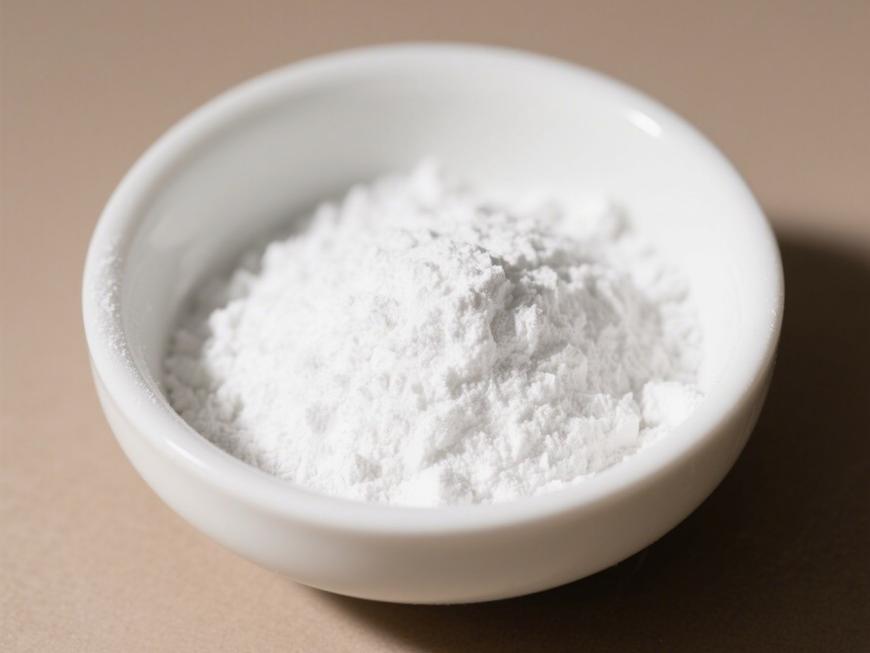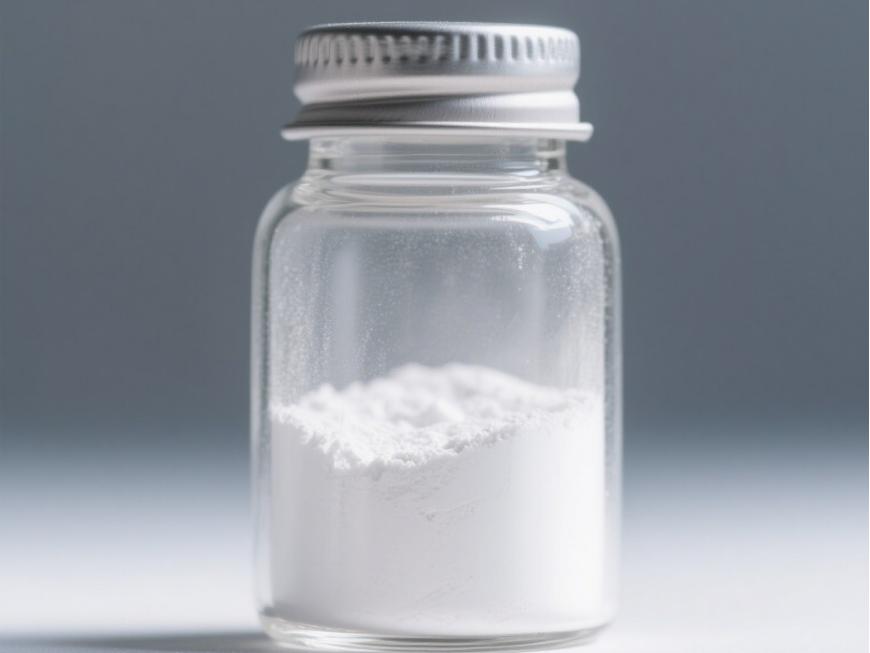Hyaluronic Acid Elevates Innovation in Oral Care Products
ヒアルロン酸(abbreviated as HA) is a natural linear polysaccharide formed by the alternating linkage of D-glucuronic acid and N-acetylglucosamine via glycosidic bonds, commonly available commercially as sodium hyaluronate. As a key component extensively present in the human extracellular matrix and dermal tissue, hyaluronic acid possesses exceptional moisturising properties, viscoelasticity, and biocompatibility, establishing itself as a vital raw material across pharmaceuticals, cosmetics, and functional foods.
In recent years, with the increasing functional demands for oral care products, hyaluronic acid, as a high-performance ingredient, is being increasingly incorporated into toothpastes, mouthwashes and similar products. Its outstanding moisturising and restorative properties effectively alleviate oral dryness, nurture gum health, and enhance the overall user experience.
Throughout this application expansion, グリーン春 Technology is actively supporting oral care clients in advancing product development and formulation innovation through its advanced biotechnology platform and supply of high-quality hyaluronic acid powder. The company's hyaluronic acid raw material, characterised by high purity and stability, meet diverse oral care product development requirements, providing robust support for brand clients to create next-generation oral care solutions that combine efficacy with comfort.
1 Natural Hydration, Exceptional Repair: Hyaluronic Acid Infuses New Momentum into Oral Care Product Upgrades
Hyaluronic acid is a vital biological component naturally present in oral tissues, distributed throughout the gums, periodontal ligaments, and the lamina propria of the oral mucosa. Research indicates that saliva also contains a certain amount of hyaluronic acid, which may play a positive role in maintaining oral moisture and supporting soft tissue health. Further research indicates that hyaluronic acid exhibits stage-specific expression patterns during tooth development, suggesting a close association with oral tissue development.
As the properties of hyaluronic acid powder continue to be explored, its potential in hydration, soothing, and promoting repair is increasingly being recognised and extended across multiple application areas. In recent years, the oral care industry has also begun to focus on this premium ingredient, driving its integration into the development of daily care products.
Oral care constitutes a vital daily routine for maintaining oral health and overall cleanliness. As consumer expectations for product functionality continue to rise, market attention increasingly focuses on care products that combine fundamental cleansing with additional benefits. Leveraging its superior moisturising and restorative properties, hyaluronic acid is progressively being incorporated into oral care products such as toothpaste and mouthwash, offering new avenues for product enhancement and innovation.
2 Hyaluronic Acid: Exceptional Water Retention, Supporting a Lasting Moisturising Oral Care Experience
Hyaluronic acid is a natural molecule possessing unique water-binding capabilities. Each disaccharide unit contains a carboxyl group which, under physiological conditions, dissociates and repels other units. This allows the molecular chain to fully extend in aqueous solutions, forming a three-dimensional network structure. This structure binds large quantities of water molecules through mechanisms such as hydrogen bonding, granting it the remarkable ability to absorb and retain water equivalent to thousands of times its own weight – functioning much like a ‘molecular sponge’.
Within the oral environment, maintaining moisture is crucial for comfort and soft tissue health. Leveraging its exceptional hydrophilicity and moisturising properties, hyaluronic acid powder adheres to the oral mucosa surface, forming a lightweight, hydrating protective film. This film helps slow water evaporation, delivering lasting hydration and a soothing sensation to the mouth.
This characteristic makes it an ideal functional ingredient in premium oral care products. Increasingly, brands are incorporating high-purity hyaluronic acid into toothpastes and mouthwashes, aiming to enhance daily moisturising and soothing experiences while meeting consumers' growing demands for both functionality and comfort in oral care products.
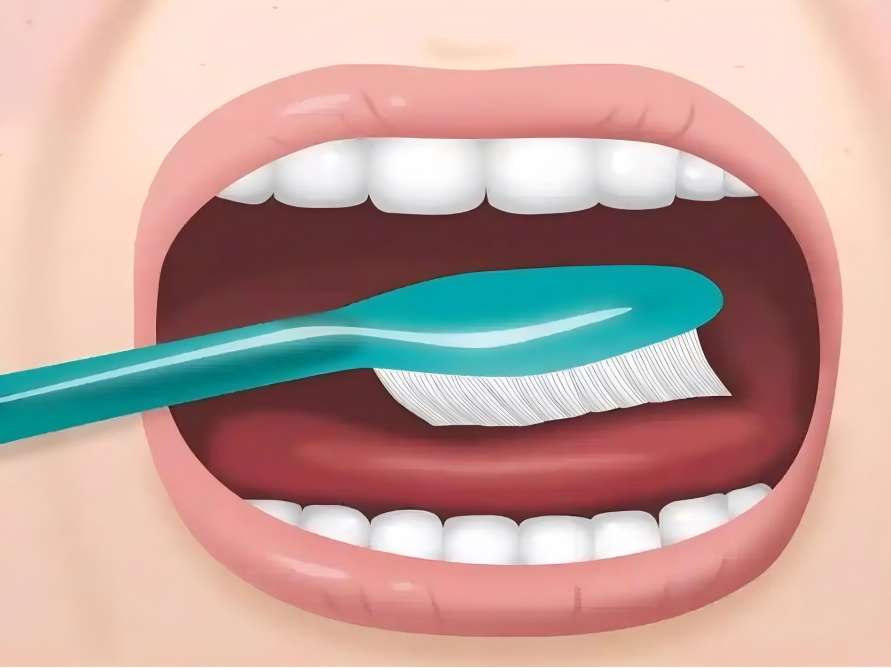
3 Hyaluronic Acid: Enhancing Oral Cleansing and Gently Nurturing Gum Health
As a natural bioactive ingredient, hyaluronic acid has garnered significant attention in oral care applications in recent years. Its unique molecular properties confer excellent affinity and compatibility within the oral environment, contributing to an enhanced overall product experience.
Research indicates hyaluronic acid possesses superior mucosal adhesion capabilities, forming a breathable protective film on gum and oral soft tissue surfaces to assist in maintaining oral cleanliness. Multiple in vitro experiments indicate that hyaluronic acid at specific concentrations exhibits inhibitory effects on common oral microorganisms, thereby promoting balanced oral microbiota. Compared to certain traditional oral antimicrobial ingredients, hyaluronic acid is gentler, significantly reducing potential discomfort such as irritation and dryness during product use, thus enhancing user comfort.
In daily care products such as mouthwashes and toothpastes, hyaluronic acid not only functions as a moisturising agent to alleviate oral dryness but also synergises with other active ingredients to deliver cleansing and soothing effects. Consumer research indicates that mouthwashes containing hyaluronic acid are more palatable, thereby facilitating the cultivation of consistent, positive oral hygiene habits.
As a raw material supplier, we are committed to providing oral care brands with high-purity hyaluronic acid of varying molecular weights. This supports our clients in developing more market-competitive products, jointly advancing oral care towards gentler, more comfortable, and more effective solutions.
4 Hyaluronic Acid: Gentle Nourishment for Oral Mucosal Health
Hyaluronic acid is a naturally occurring bioactive component in the human body, playing a positive role in maintaining the integrity and comfort of oral soft tissues.As a key component of the extracellular matrix, it exhibits excellent biocompatibility and skin affinity, helping to create a healthy environment conducive to oral tissue maintenance.
In oral care, hyaluronic acid leverages its unique film-forming and moisturising properties to create a gentle, breathable protective layer on mucosal surfaces. This layer helps isolate against external irritants while providing sustained hydration to the oral environment, demonstrating significant potential for daily oral care applications.
Research indicates that hyaluronic acid synergises with multiple matrix components to provide optimal microenvironmental support for oral tissues. Laboratory studies demonstrate that specific molecular weight hyaluronic acid promotes gingival cell vitality, supporting the maintenance and renewal of oral mucosal tissues. Animal experiments further suggest that exogenous hyaluronic acid application aids in maintaining stable collagen expression at trauma sites, facilitating smooth tissue repair processes.
As a raw material supplier, we offer high-purity hyaluronic acid powder across multiple molecular weights to meet diverse oral care product development requirements. These ingredients find extensive application in toothpaste, mouthwash, oral sprays and similar products, delivering consumers a more comfortable and gentle oral care experience while empowering brands to create innovative, market-competitive offerings.
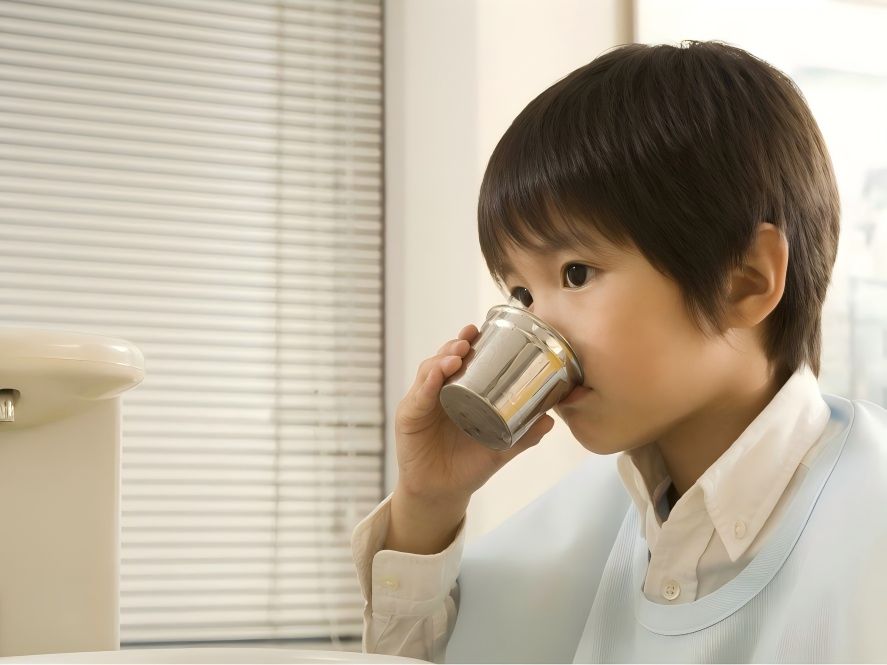
5 Hyaluronic Acid Gains Prominence as Oral Care Products Evolve Towards Diversification and Functionalisation
Since the late 1990s, hyaluronic acid has been progressively incorporated into oral care product development as a natural moisturising and restorative ingredient, initially appearing predominantly in toothpaste, tooth powder, and mouthwash formulations.
Entering the 21st century, alongside the maturing application of biotechnology-derived ingredients, oral care products enriched with hyaluronic acid have been successively launched across multiple global markets.From initial single-product offerings, the range has expanded to encompass multiple formulations including toothpaste, mouthwash, and oral sprays, catering to consumers' diverse demands for oral health and comfort.
In recent years, such products have gained significant popularity across Asia, Europe, and other regions. Numerous prominent companies have launched functional oral care ranges centred on hyaluronic acid, emphasising its moisturising and soothing properties.Post-2020, China's domestic oral care market has witnessed a surge in new hyaluronic acid-infused products, demonstrating the ingredient's formidable application potential and market recognition.
With its exceptional skin affinity, moisturising properties and gentle nature, hyaluronic acid is emerging as a key ingredient driving the advancement and differentiation of oral care products, empowering brands to develop innovative solutions that better align with consumer needs.
6 Diverse Hyaluronic Acid Blending Technologies Lead Innovation in Oral Care Products
As a natural biopolymer, hyaluronic acid exhibits a wide molecular weight range, with distinct properties and functionalities across different molecular sizes. High-molecular-weight hyaluronic acid powder possesses excellent film-forming and moisturising capabilities, aiding in the formation of a gentle protective layer within the oral cavity. Conversely, low-molecular-weight hyaluronic acid demonstrates superior affinity and permeability, effectively replenishing moisture in the oral mucosa to synergistically enhance overall comfort.
In recent years, the scientific blending of hyaluronic acids with varying molecular weights has emerged as a significant trend in oral care product development. Research indicates that such composite hyaluronic acid systems maximise the advantages of each component, synergistically enhancing multiple benefits such as hydration and soothing effects, thereby delivering more comprehensive product performance.
These composite ingredients demonstrate excellent stability and compatibility across various formulations, including toothpaste, mouthwash, and oral sprays. They adapt to diverse formulation systems, meeting the needs of multifaceted product development. Increasingly, oral care brands are adopting such blended hyaluronic acid ingredients to elevate product experience and market competitiveness.
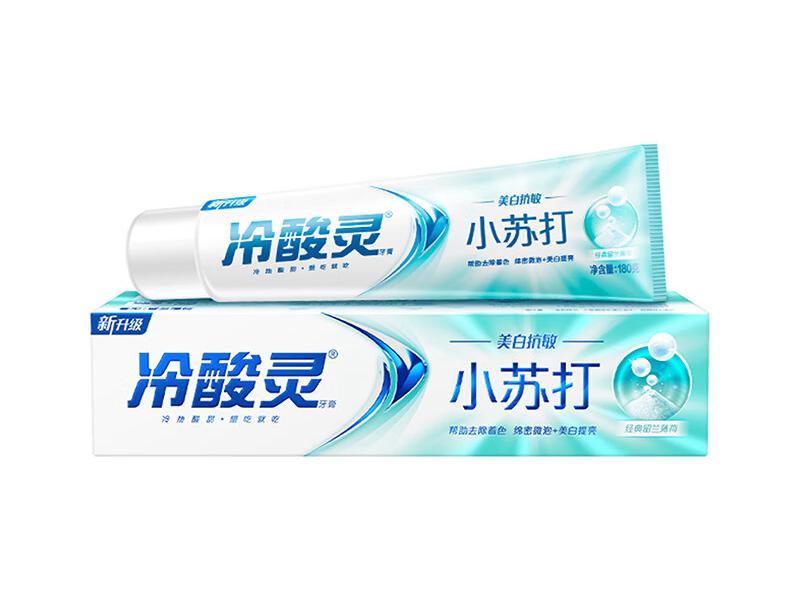
7 Green Spring Technology Hyaluronic Acid Ingredients: Empowering Innovative Oral Care Applications
Industry trends indicate a deepening convergence between oral care and cosmetic concepts. Hyaluronic acid (HA), a widely recognised moisturising ingredient, is gaining increasing attention in oral care due to its exceptional skin affinity and water-locking properties, with related applications continuing to grow.
Green Spring Technology leverages advanced microbial fermentation technology to provide a series of high-quality hyaluronic acid raw materials. These offer high purity, stability, and a range of molecular weights, making them suitable for multiple formulations including toothpaste, mouthwash, and oral sprays.
These materials are particularly suited for developing mid-to-high-end oral care products, such as:
・Moisturising and soothing toothpaste
・Gentle, low-irritation mouthwash
・ Instant-moisturising oral sprays
・ Innovative products combining oral care and cosmetic concepts
With stable, premium-quality hyaluronic acid raw materials, Green Spring Technology empowers clients to develop gentler, more effective, and more experiential oral care products, jointly driving industry advancement and innovation. Contact us at helen@greenspringbio.com or WhatsApp: +86 13649243917 for sample to test.
参照
[1] dahiya p, kamal r .ヒアルロン酸:歯周療法における恩恵[j]。日本学術振興会,2013(5):309-315。
[2] ijuin c, ohno s, tanimoto k, et al。腫瘍壊死因子-α、インターロイキン-1β、インターフェロン-γによるヒト歯周靭帯細胞におけるヒアルロン酸合成酵素遺伝子発現の制御[j]。^『官報』第767号、大正13年(1926年)、767-772頁。
【3】卞氏伝。oral biology, for stomatology, 4th edition [m]。北京:People&#^『官報』第2342号、大正11年、42-50頁。
【4】星如東、張世國、張士民。健康なヒトsalivにおけるヒアルロン酸レベルの検出[j]。^『仙台市史』通史編3(通史編3)176-178頁。
【5】楊国峰、莫深征、江北参。下顎第一臼歯細菌におけるヒアルロン酸の時間空間発現[j]。日本学術振興会,2015,31(7):58-661。
【6】zhang yiding, cheng xingqun, wu hongkun。口腔疾患の治療におけるヒアルロン酸の応用[j]。中国老年歯科学会誌,2019,17(2):108-112。
【7】張震、王暁飛。ヒアルロン酸とその口腔外科における研究と応用[j]。口腔20/20、40(2):176-179。
[8]翔で有名。中国口腔ケア産業の歴史と発展状況[j]。洗浄&^ a b c d e f g h i(2013年)、36頁。
[9]中国口腔ケア産業協会科学技術情報研究グループ。口腔洗浄の制品技術の最新の発展と展望;保育業界の関係者[J]。2018年(平成30年)3月28日:2号機が完成。
【10]ソ・ジョンウイ・チュンソン。中国における口腔ケア製品の技術開発の現状と動向[j]。洗浄&^ a b c d e f g h i 2019, 42(8):11-16。
[11]張英,崔丹。口腔乾燥症の臨床評価と対策[j]。日本口腔外科学会誌,2017,10(9):530-534。
-
Prev
Exploring Innovation of Hyaluronic Acid Powder in Oral Care Formulations
-
次
How Hyaluronic Acid Elevates Cosmetic Innovation?


 英語
英語 フランス
フランス スペイン
スペイン ロシア
ロシア 韓国
韓国 日本
日本